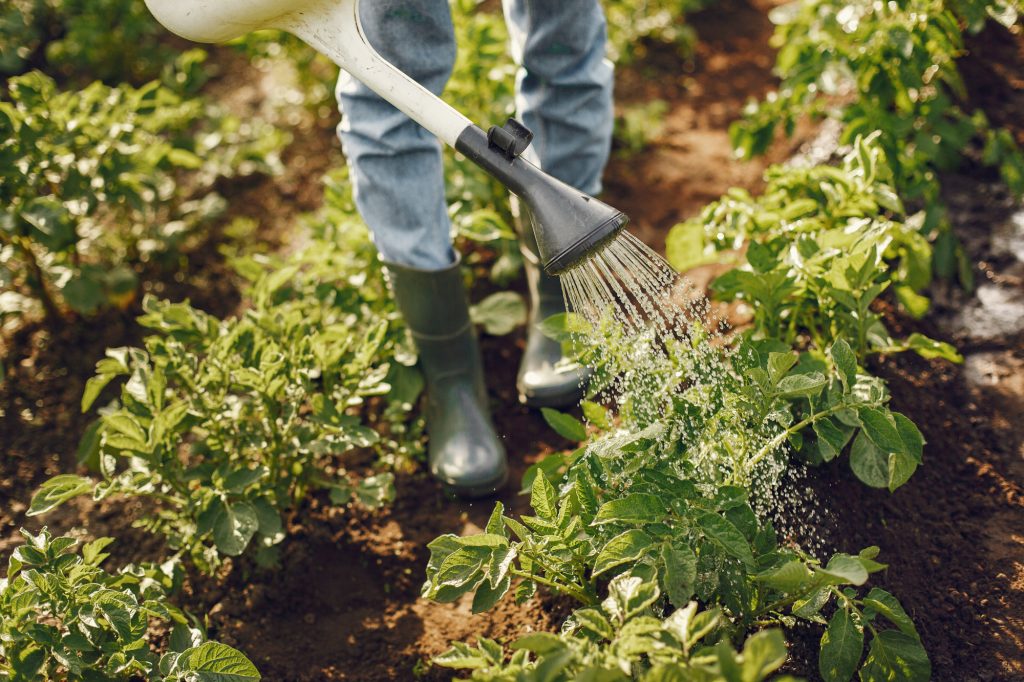
Starting A Market Garden: The Complete Beginners Guide
Table of Contents
Welcome to the exciting world of market gardening! If you have a green thumb and dream of growing your own fresh produce, then starting a market garden could be the perfect venture for you. Whether you’re looking to supplement your income or make it a full-time occupation, market gardening offers endless possibilities.
In this complete beginner’s guide, we’ll walk you through everything you need to know about starting a successful market garden. From planning your crops and harvesting schedule to marketing and selling your bountiful harvest, we’ve got you covered. So grab your gardening gloves and let’s dive right in!
But first, let’s explore why embarking on this rewarding journey can bring numerous benefits not only for yourself but also for the community around you. Are you ready? Let’s get started!
Benefits of Starting a Market Garden
Starting a market garden comes with numerous benefits that make it an attractive venture for beginners and experienced growers alike.
- First and foremost, market gardening allows you to cultivate fresh, organic produce that can be sold directly to consumers. This not only provides people with access to healthy food options but also promotes a sustainable and local food system.
- Another advantage of starting a market garden is the potential for financial success. By growing high-value crops such as specialty herbs or heirloom tomatoes, you have the opportunity to command premium prices at farmers markets or through direct sales to restaurants and grocery stores.
- Furthermore, starting a market garden allows you to embrace a more environmentally friendly lifestyle by reducing food miles. By growing locally, you contribute less carbon emissions associated with transportation while promoting biodiversity in your area through diverse crop rotations.
Tips for Maximizing Space and Increasing Productivity
When it comes to market gardening, making the most of your available space is crucial. By utilizing smart strategies and techniques, you can maximize your garden’s productivity and yield a bountiful harvest. Here are some tips to help you make the most of your space and increase productivity.
Utilize vertical gardening: Instead of relying solely on horizontal planting beds, consider incorporating vertical gardening techniques such as trellises or hanging baskets. This allows you to grow more plants in a smaller area while also providing support for climbing crops like tomatoes or cucumbers.
Practice intercropping: Intercropping involves growing different types of plants together in close proximity. By carefully selecting compatible plants that have different growth habits, you can optimize space usage and reduce competition for resources like sunlight or nutrients.
Implement succession planting: Succession planting involves staggering the sowing or transplanting of crops throughout the growing season to ensure a continuous supply of fresh produce. As one crop matures, another is ready to take its place, maximizing your overall productivity.
Use raised beds or containers: Raised beds allow for better soil drainage and nutrient retention while also reducing weed competition. Containers are perfect for small spaces like balconies or patios where traditional gardens may not be possible.
Consider using microgreens: Microgreens are young vegetable greens that are harvested when they reach 1-3 inches tall—typically within 7-14 days after sowing! These nutrient-packed greens require minimal space but offer maximum flavor and nutrition.
Don’t forget about companion planting: Companion planting involves pairing plants that benefit each other either by deterring pests, attracting beneficial insects, improving pollination, or enhancing flavors when grown together.
Also Read: The Changing Dynamics Of Business Parks
Conclusion
Starting a market garden can be an incredibly rewarding and profitable venture. From growing your own fresh produce to connecting with your local community, there are numerous benefits to embarking on this journey. By following the steps outlined in this beginner’s guide, you’ll be well-equipped to start and run a successful market garden.
Remember: The possibilities are endless when it comes to growing delicious food while contributing positively towards our environment!

